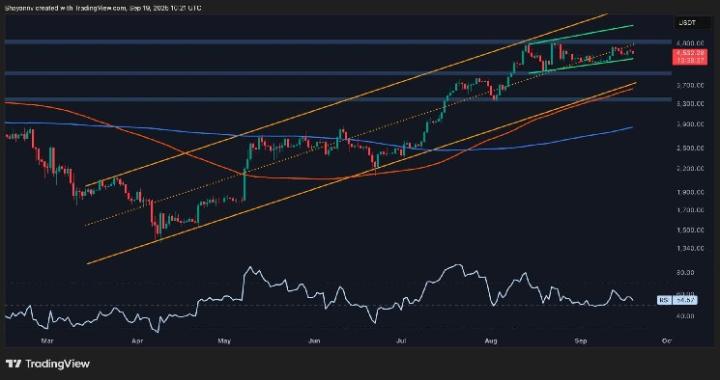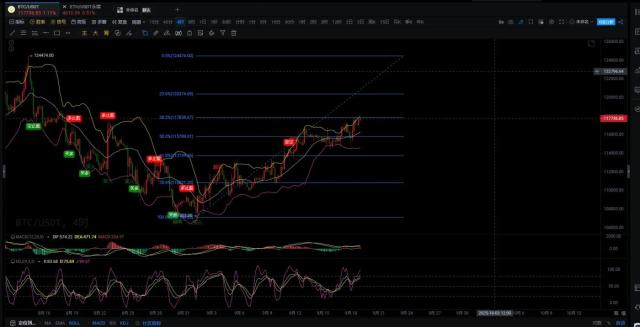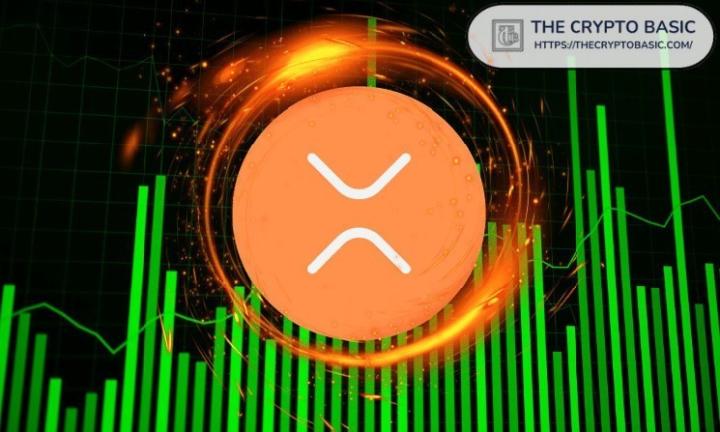By Ish Verduzco
Compiled by: TechFlow
Last night, I hosted a meetup at a16z with the Tech Week team and invited about 50 creators to join us.
Participants include Memelords, TikTok creators, lifestyle bloggers, cinematic video creators, Substack writers, email newsletter operators, podcast producers, YouTubers, social media leaders, and more.
It covers almost all areas of Internet content creators.
In this post, I’ll share seven key insights I’ve drawn from these conversations.
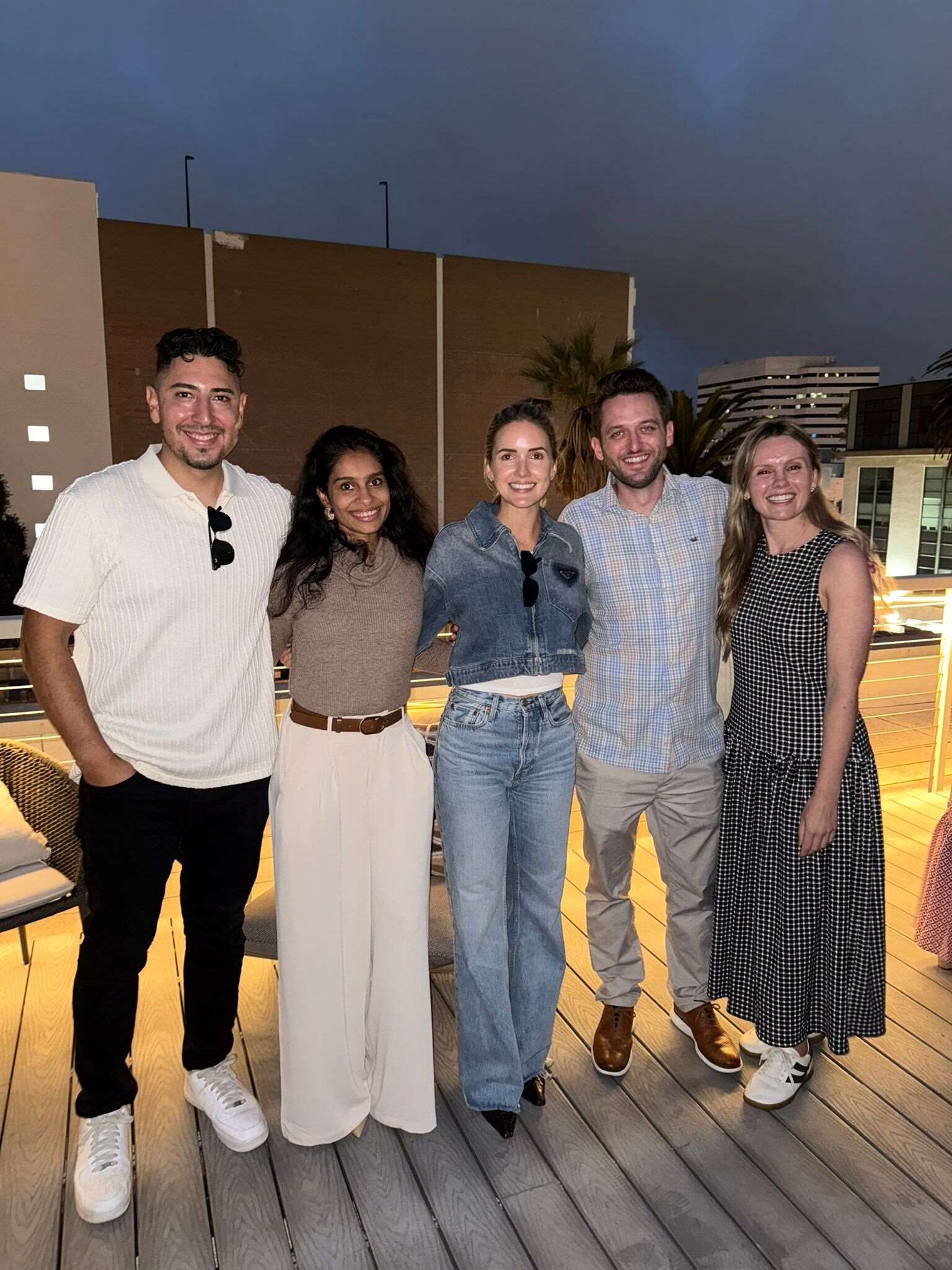
a16z and Tech Week Team
1. Own your audience
Everyone is building an email list.
Even creators who specialize in short videos on TikTok or Instagram consider email to be the core foundation of their business.
Some attract new subscribers through campaigns, others through paid advertising, creating lead magnets, or using ManyChat to turn Instagram direct messages into a growth engine.
The frequency of releases is not important, some release weekly, some monthly, some quarterly, or even occasionally.
What matters is ownership.
Every creator seems to crave a direct, lasting way to connect with their audience, one that doesn’t rely on algorithmic shifts.
2. Establish offline touchpoints
Offline interactions have become more lively.
Many creators have spent years building their audiences, communities, and fan bases online.
Now, they are looking for ways to translate those connections into offline interactions.
Podcast producers are starting to host live recording sessions; social media creators are organizing private dinners, local meetups, and even vacation events.
These aren’t just “fan events,” but channels for deepening relationships, building trust, and exploring higher-value collaborations.
The interactive flywheel effect from online to offline is showing its powerful force.
3. Package sponsorship plan
Advertising sponsorship models are being packaged.
Creators are moving away from the single ad transaction model.
They chose to combine their newsletter, podcast, social media content, and offline events into one packaged sponsorship package.
This model is better for creators: more predictable revenue, less negotiation, long-term relationships, and better multi-platform integration with audiences.
It’s better for brands, too: a single partnership can reach multiple channels, generate a wealth of reusable content, and offer more creative collaboration options than traditional ad placements.
This shift is a sign of maturity for the industry, and I really appreciate it.
4. Deeply cultivate niche markets
The wealth lies in market segments.
The more precise the segmentation, the stronger the business.
Like Car Dealership Guy , who I recently had on my podcast and we met for the first time yesterday.
His target audience is 155,000 car dealers and their employees, but he has built a massive business because his content and products are completely focused on the Ideal Customer Profile (ICP).
Many people think that their market segment is too small, but in fact, as long as the positioning is accurate, its value is often beyond imagination.
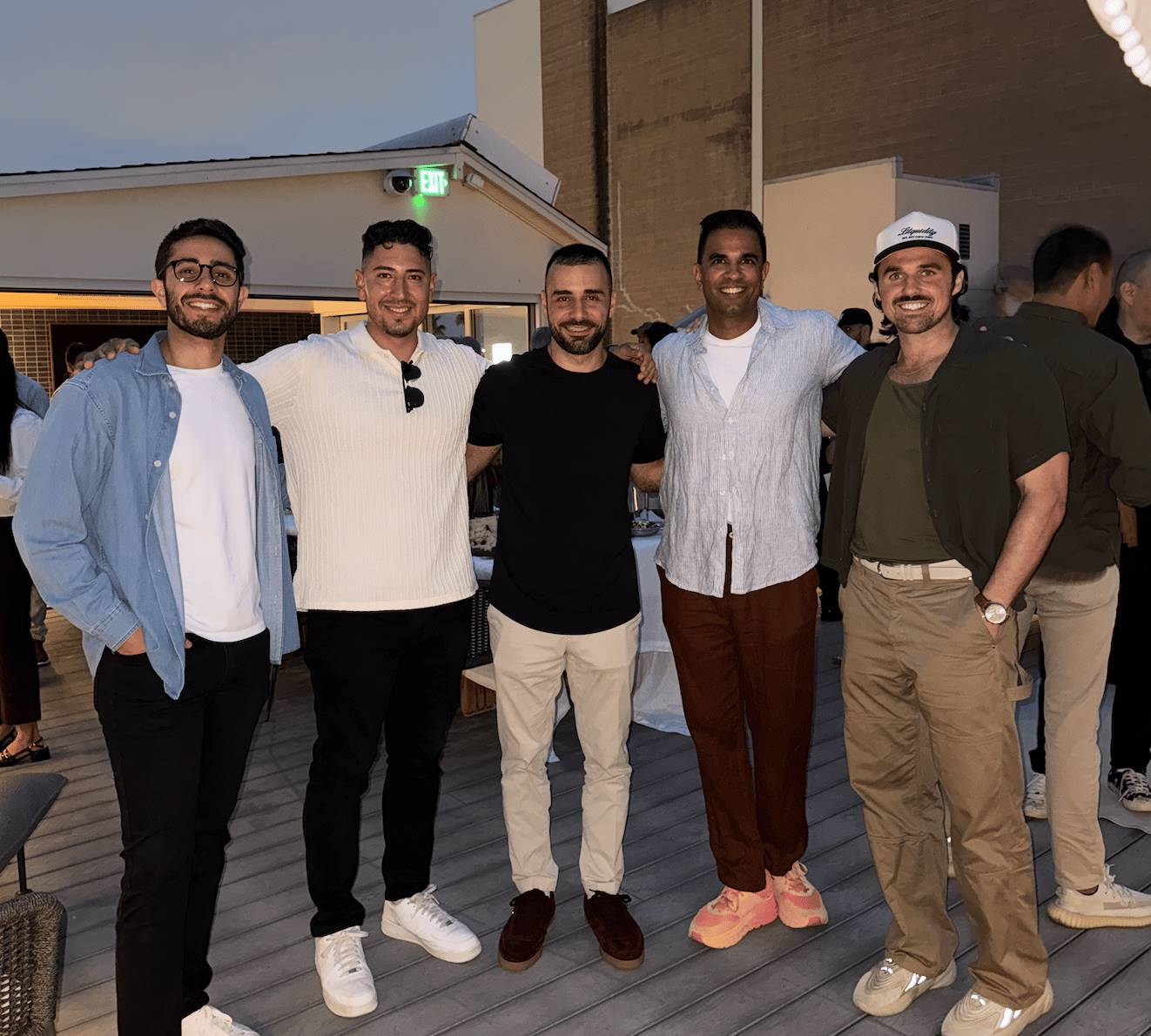
Adam (Blueprint), Yossi (Car Dealer), Avi (Creator Logic), Litquidity
5. Cooperation leads to win-win results
Collaboration accelerates growth.
1 + 1 = 3.
Creators are working hard to find collaborations.
newsletter swaps, podcast guest deals, joint events, and cross-promoting products.
If you can find a partner with a similar target audience, your growth rate will increase exponentially. It’s not only faster, but also more fun than going it alone.
While this strategy isn't new, it's still gratifying to see it happening in real life.
More and more people are choosing the idea of “making the cake bigger”.
6. Dominate a platform
Platform dominance still matters.
Almost every creator has a "main battlefield".
While they may have evolved across platforms, the platform that originally brought their traffic remains at their core — whether that’s YouTube, Substack, Instagram, or TikTok.
This is where their community has the strongest connection to it.
Expansion is important, but dominance is key.
Some creators even hire teams to fill gaps on other platforms while still maintaining a tight grip on the platform that made them successful in the first place.
Build your empire on one platform first.
7. Distribution is the ultimate moat
This is something that almost everyone agrees on.
In an age where anyone can launch a product, tool, or service, what differentiates creators isn’t what they create, but how they distribute it.
Brand + Distribution = Moat.
This is a point I have always emphasized and will continue to insist on until more people realize its importance.
Honestly, it’s refreshing to see such unanimous agreement — especially considering so many industries outside of the creator economy are still lagging behind the idea.
Summarize
The creator economy is maturing.
Strategies are becoming more sophisticated, business models are more complex, and opportunities are greater than ever.
If you’re building content online, keep the following in mind:
Own Your Audience (Email)
Establish offline touchpoints
Packaged sponsorship packages
Deeply cultivate niche markets
Cooperation for win-win results
Dominate a platform
View distribution as a moat
This is the successful play I've seen in practice.
Looking forward to the next wave of innovation and breakthroughs from creators!




